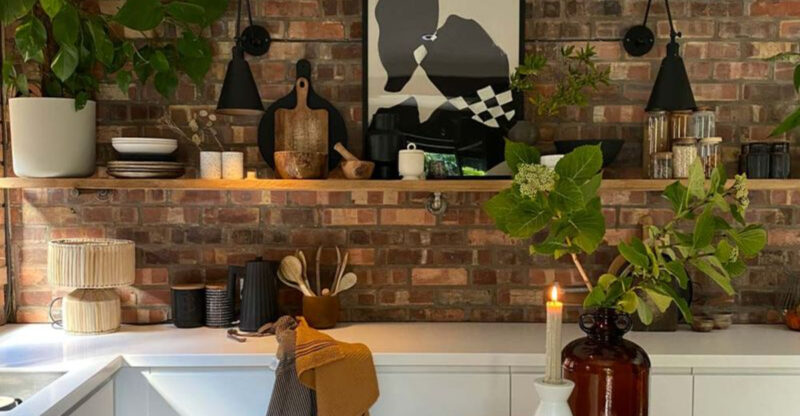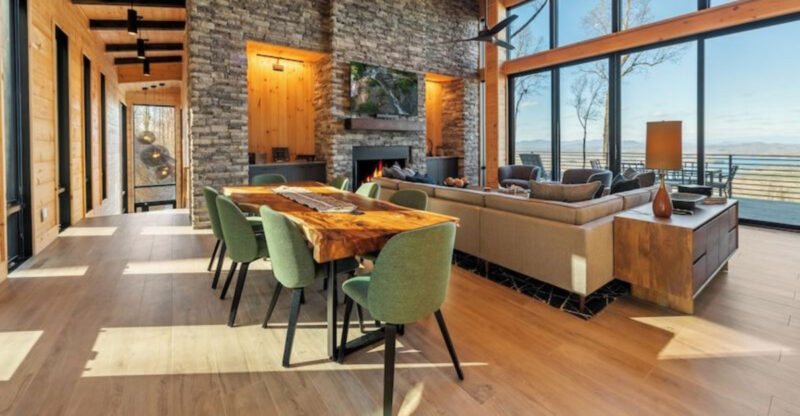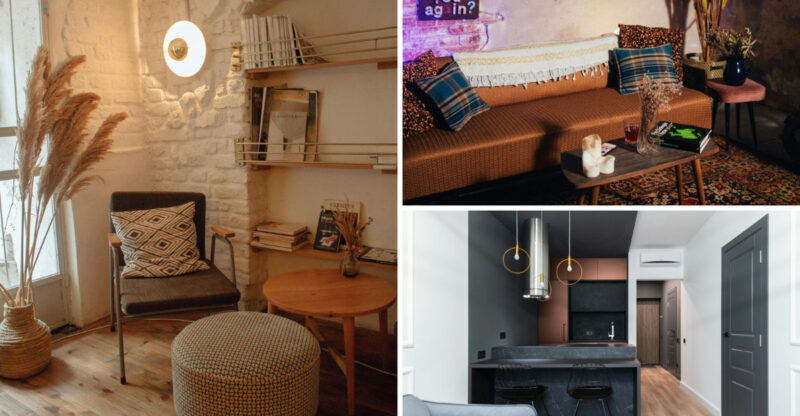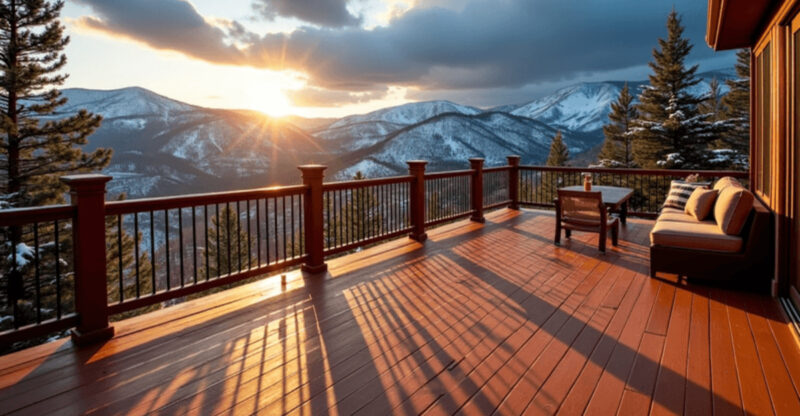North Carolina Designers Say These 17 Styles Are Headed For Retirement
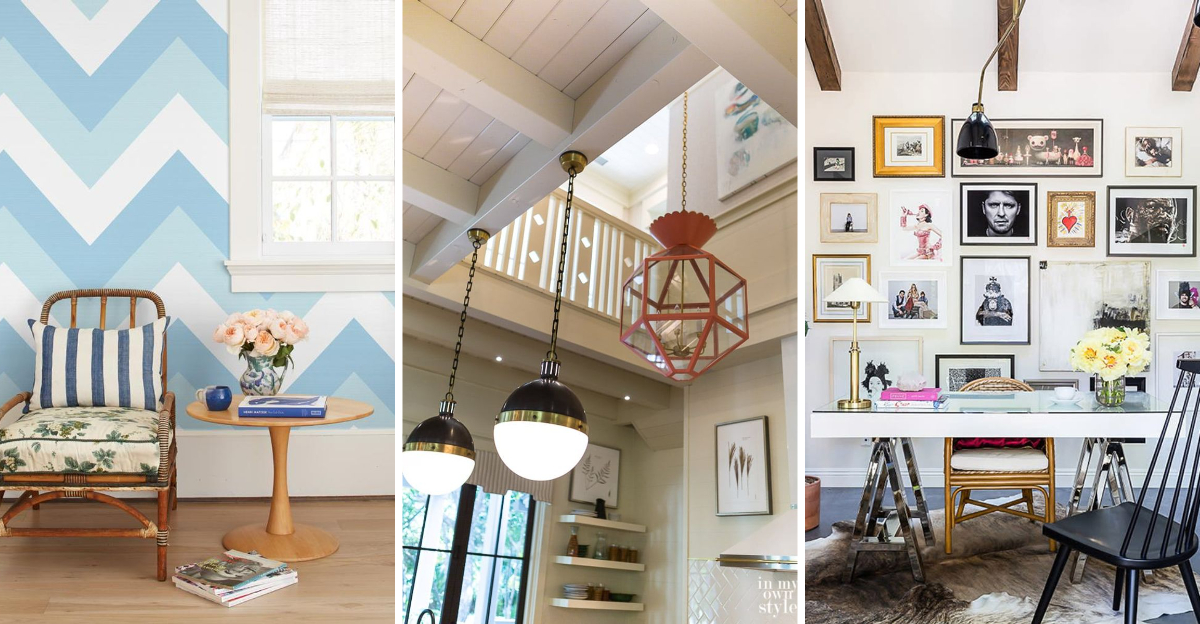
Home design trends come and go, just like fashion styles. What was once the height of interior sophistication can quickly become yesterday’s news.
I’ve been chatting with several top designers across North Carolina who are noticing some definite shifts in what homeowners want.
These professionals are seeing certain popular styles from recent years falling out of favor as homeowners embrace fresher alternatives.
1. Shiplap walls

Remember when every HGTV show featured those horizontal wooden boards on at least one accent wall? North Carolina designers report clients are increasingly saying “no thanks” to this once-beloved farmhouse staple.
The charm has worn off as too many homes adopted the look without considering if it actually suited their architecture. What began as an authentic nod to rustic living became a mass-produced design cliché that overwhelmed spaces.
Modern homeowners are gravitating toward cleaner walls with subtle texture through techniques like Venetian plaster or limewash. These alternatives offer character without the heavy horizontal lines that instantly date a space to the 2010s.
2. Overly distressed farmhouse

The artificially weathered, chippy-paint furniture that dominated homes for years is losing its appeal fast. I’ve noticed clients cringing at pieces that look deliberately damaged or excessively worn.
This trend initially offered character and a sense of history, but became a victim of its own popularity. Mass-produced “distressed” items flooded the market, making spaces feel contrived rather than authentic.
Homeowners are now gravitating toward quality wood pieces with natural patina or thoughtfully restored vintage items with genuine history. The shift reflects a desire for authenticity rather than manufactured imperfection—real character versus fake aging that screams “I was purchased this way.”
3. Barn doors in every room
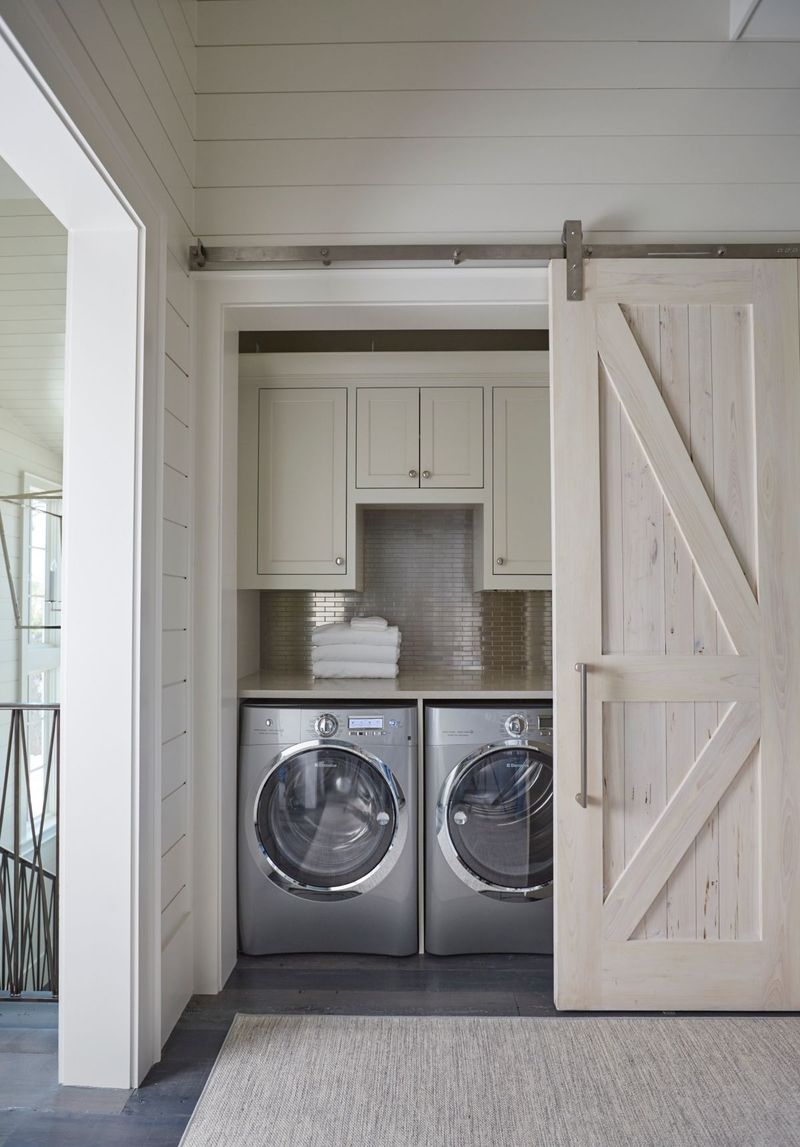
Sliding barn doors became the space-saving solution everyone had to have, regardless of whether their home had any rural connection. While practical in certain applications, their overuse has reached peak saturation.
Privacy issues plague these installations since most barn doors don’t seal completely against the wall, leaving gaps that allow sound to travel. They also collect dust in their tracks and can be noisy to operate.
North Carolina designers are steering clients toward pocket doors for space-saving needs or beautiful architectural hinged doors that better suit the home’s character. The barn door won’t disappear entirely, but its use will become more intentional and limited to spaces where the aesthetic truly makes sense.
4. All-white “clean slate” interiors
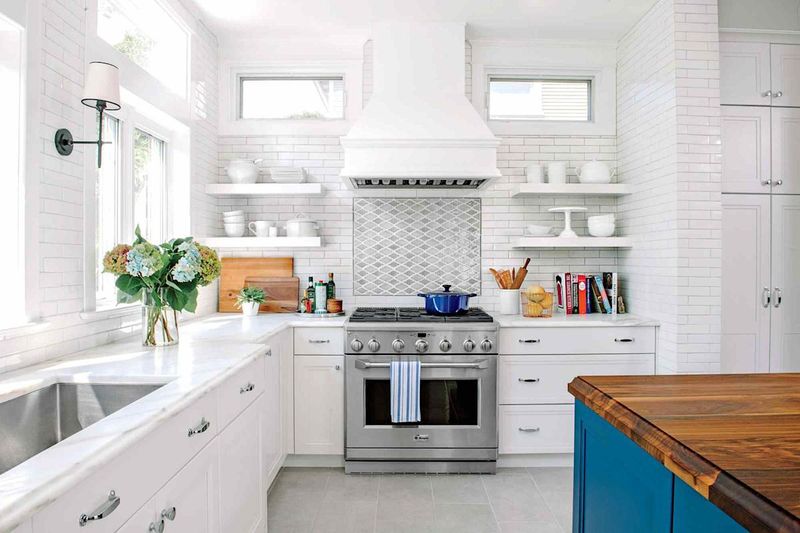
The pristine white-on-white aesthetic that dominated Instagram feeds is cooling off dramatically. These spaces looked stunning in professional photos but proved impractical for actual living.
Maintaining all-white rooms requires constant cleaning, especially for families with children or pets. Many homeowners grew tired of spaces that felt sterile and lacked personality or warmth.
Color is making a triumphant return, with designers incorporating warmer neutrals and thoughtful color palettes. Even white-lovers are embracing off-whites with subtle undertones that create dimension and depth. The shift reflects a desire for homes that feel lived-in and personal rather than showroom-perfect but soulless.
5. Heavy ceiling medallions
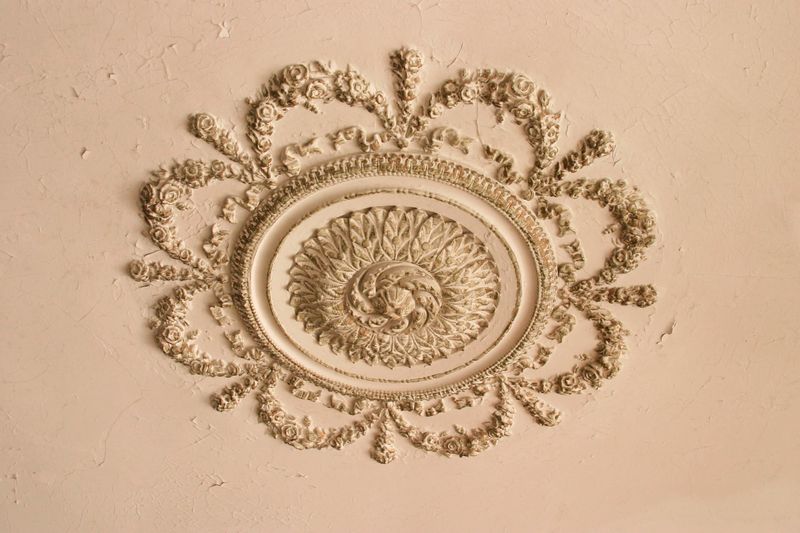
Those ornate plaster ceiling medallions that frame chandeliers are falling from favor, especially the oversized versions that dominated dining rooms and entryways. What once signaled elegance now often reads as fussy and dated.
Modern homes with standard ceiling heights simply can’t support the visual weight of these decorative elements. They create a top-heavy feeling that draws the eye upward in an uncomfortable way, making spaces feel smaller.
Designers are embracing simpler ceiling treatments or architecturally appropriate medallions that match the home’s period and scale. The shift represents a broader move toward more thoughtful, less-is-more decorating where every element serves a purpose rather than simply announcing its presence.
6. Faux exposed brick panels

If you can’t tell it’s fake from across the room, you might be looking at quality craftsmanship. Unfortunately, most faux brick panels fail this test spectacularly. These lightweight panels with printed or molded brick patterns promised character without construction.
The reality? Repetitive patterns, unconvincing textures, and visible seams quickly give away the game. Homeowners grew tired of the obviously fake look that cheapened otherwise lovely spaces.
Authentic materials are making a comeback as people seek genuine character. If real exposed brick isn’t an option, designers suggest textured plaster, interesting paint techniques, or quality wallpaper that doesn’t pretend to be something it’s not. Honesty in materials is the new authenticity.
7. Industrial metal everywhere
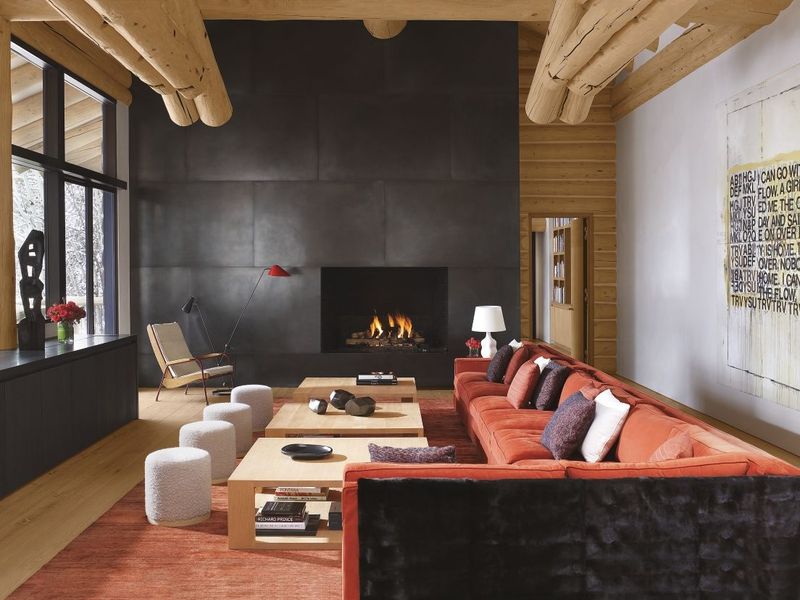
The industrial look brought raw materials and factory-inspired elements into our homes. While initially refreshing, the pendulum swung too far with exposed pipes, metal furniture, and cold surfaces dominating living spaces.
Homes began feeling like warehouses rather than welcoming retreats. The harsh edges, cool surfaces, and often uncomfortable furniture prioritized look over livability, leaving homeowners craving warmth.
Softer industrial touches are replacing the all-metal approach. Designers are introducing wood tones, textiles, and organic elements to balance industrial pieces. This evolution maintains the appreciation for craftsmanship and raw materials while creating spaces that feel comfortable and inviting rather than cold and commercial.
8. Subway tile floor to ceiling

Classic white subway tile will never completely disappear, but the floor-to-ceiling application in bathrooms and kitchens is losing steam. This once-fresh look became ubiquitous to the point of boredom.
Many homeowners grew tired of the endless grid of white rectangles and all that grout to clean. The uniform look also began feeling institutional rather than homey—reminiscent of public restrooms or commercial kitchens.
Designers are exploring more creative applications, using subway tile as an accent rather than the entire surface treatment. Handmade versions with slight imperfections, interesting colors, or varied glazes offer more character. The evolution values the classic shape while avoiding the sterile, expected look that dominated the 2010s.
9. Open shelves loaded with dishes

Instagram made us believe we all needed our everyday dishes artfully arranged on open shelving. Reality quickly set in as dust collected, items required constant styling, and cabinets suddenly seemed like brilliant inventions.
Open shelving demands a level of organization and curation that most busy households struggle to maintain. The visual noise of exposed items also created a sense of clutter that many found stressful rather than charming.
North Carolina designers report a return to upper cabinets, though often with glass fronts to maintain some openness. When open shelving remains, it’s used sparingly for display-worthy items rather than everyday necessities. This practical shift acknowledges that real homes need functional storage more than they need constantly staged vignettes.
10. Matte black hardware (overused)

Matte black doorknobs, faucets, and cabinet pulls swept through homes like wildfire. While striking in moderation, this trend reached saturation point as homeowners installed black hardware everywhere without considering if it complemented their space.
The harsh contrast often fought with other elements in the room. Fingerprints and water spots showed more prominently than expected, making maintenance frustrating.
Mixed metals are taking center stage as designers encourage more thoughtful hardware selections. Warm brass, nickel, and bronze are making comebacks, often combined intentionally within spaces. This shift values cohesive design over trend-following and recognizes that hardware should enhance a room’s overall aesthetic rather than demanding attention as a statement in itself.
11. Fast furniture (low-quality mass-produced)

The era of disposable furniture is facing serious backlash. Those inexpensive particleboard pieces designed to last just a few years are increasingly viewed as wasteful and unsatisfying.
Environmental concerns play a major role in this shift, as consumers recognize the impact of furniture cycling through landfills. The pandemic also highlighted supply chain vulnerabilities, making quality and longevity more attractive.
Investment pieces, secondhand finds, and furniture with actual craftsmanship are gaining popularity. North Carolina with its rich furniture-making heritage is particularly well-positioned for this shift. Designers report clients willing to wait longer and spend more for pieces that will last decades rather than seasons, reflecting a deeper change in consumption patterns beyond mere aesthetics.
12. Word art wall signs
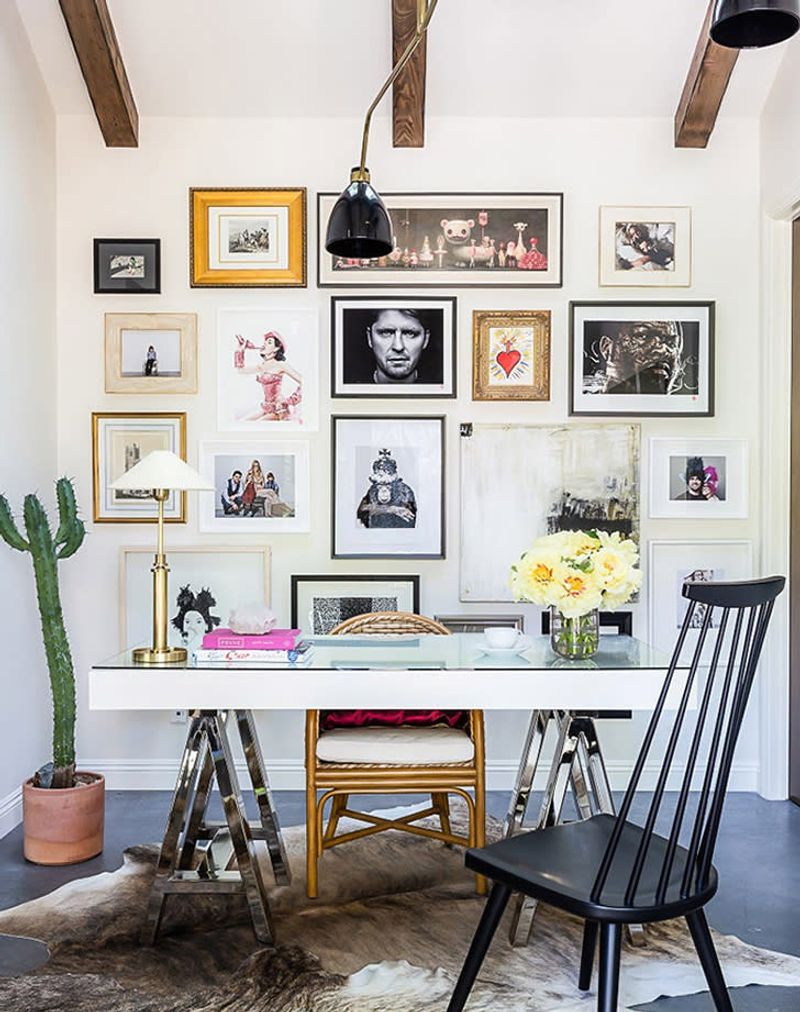
“Live, Laugh, Love” and its many cousins have worn out their welcome in North Carolina homes. These mass-produced text-based decorations that spell out emotions or instructions have saturated the market to the point of becoming design clichés.
The problem isn’t just overexposure but also the generic nature of these pieces. They rarely reflect the homeowner’s actual personality or experiences, functioning instead as filler that says nothing unique about the people who live there.
Meaningful art is making a comeback—pieces that tell personal stories or showcase local artists. Designers encourage clients to invest in original works that spark conversation rather than state the obvious. This shift values authenticity and individuality over mass-market sentiments.
13. Popcorn ceilings
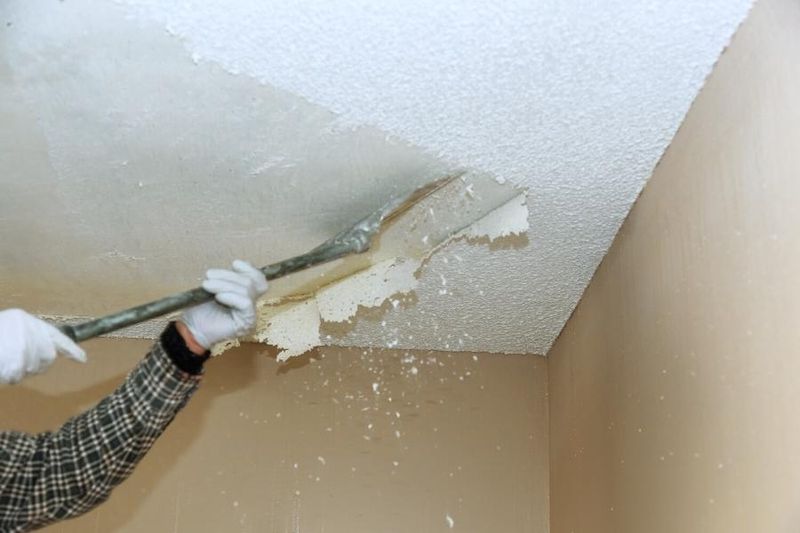
Though not a recent trend, popcorn ceilings have stubbornly remained in many homes despite being universally disliked. These textured surfaces were originally installed to hide imperfections and dampen sound, but they’ve long outstayed their welcome.
Beyond their dated appearance, they collect dust, are difficult to clean, and can contain asbestos in older homes. They also make spaces feel smaller and more closed-in by drawing attention to the ceiling in an unflattering way.
Smooth ceilings have become a top priority for renovations, with designers reporting that removal is often the first request from new homeowners. The clean look instantly modernizes spaces and provides a blank canvas for more interesting lighting fixtures that become focal points rather than competing with textured surfaces.
14. Oversized rustic clocks
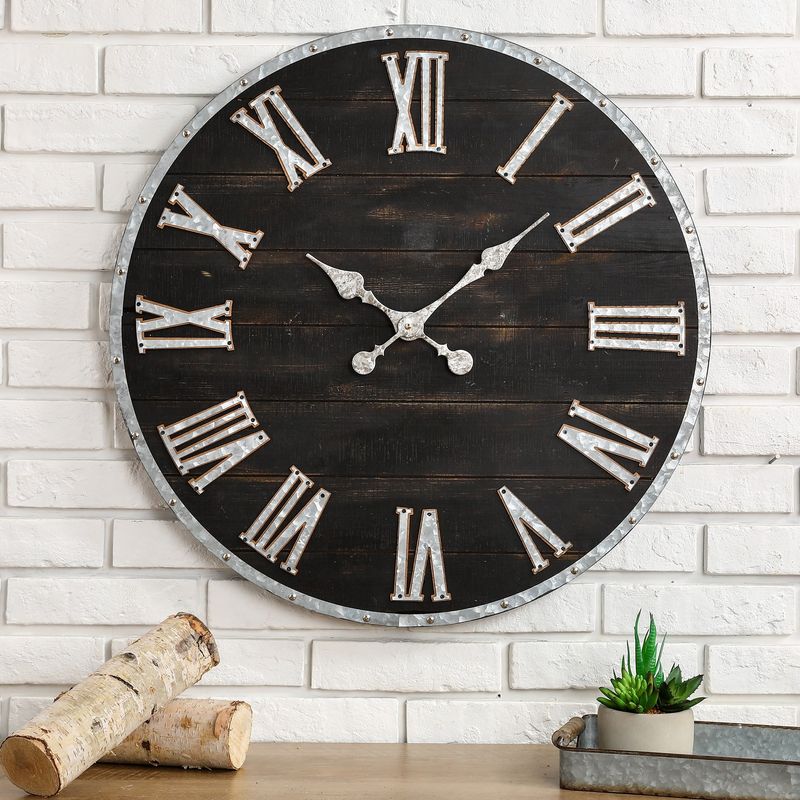
Those massive wall clocks with distressed finishes and oversized Roman numerals are ticking toward extinction. Often measuring several feet across, these statement pieces dominated walls in dining rooms and living spaces across North Carolina.
The scale quickly overwhelmed rooms, creating visual imbalance. Many were purely decorative, with non-functioning hands frozen at an arbitrary time, undermining their supposed purpose.
Designers are steering clients toward actual art or appropriately scaled timepieces that complement rather than dominate a space. This shift reflects a broader move away from big-box store decor toward more thoughtful, personal selections. Walls are valuable real estate in a home, and filling them with meaningful pieces rather than generic statements creates more authentic interiors.
15. Chevrons and geometric wallpaper
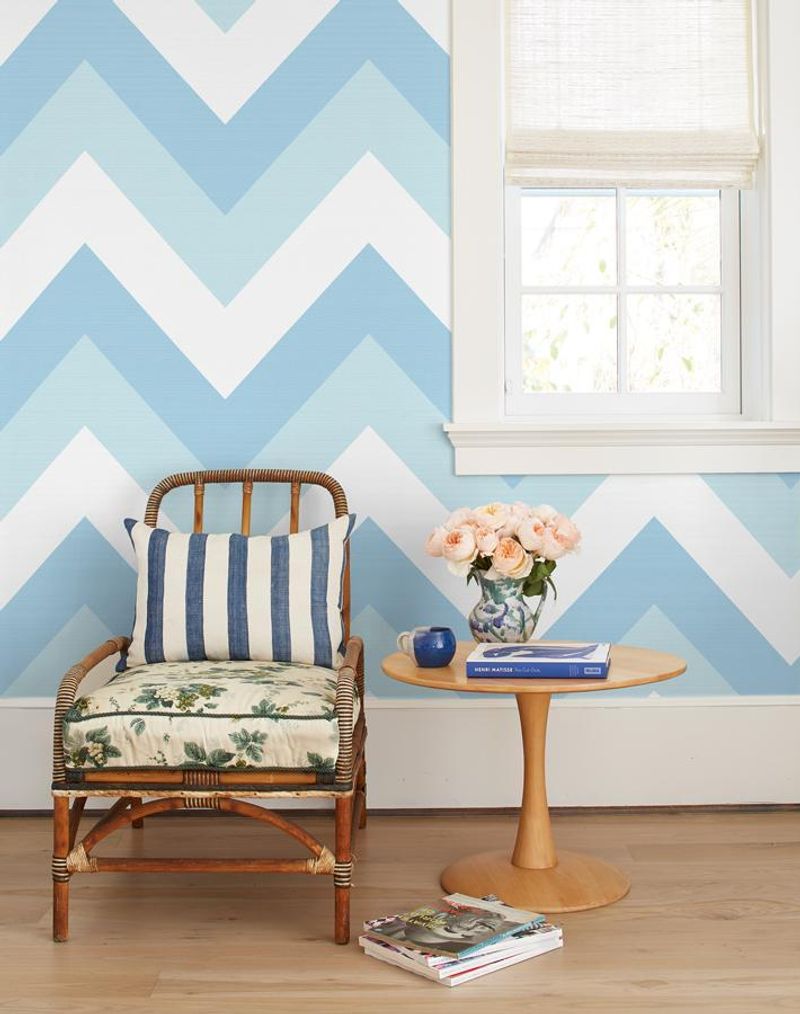
Bold zigzag patterns and aggressive geometrics that dominated walls a few years ago are rapidly losing favor. What felt fresh and graphic quickly became visually exhausting to live with day after day.
These high-contrast patterns often fought with other elements in the room, making it difficult to create cohesive spaces. Many homeowners found themselves growing tired of the visual busyness much faster than anticipated.
Softer patterns with organic inspiration are taking their place. Subtle textures, natural motifs, and hand-drawn designs offer more longevity and livability. This evolution values visual comfort and acknowledges that walls form the backdrop of our daily lives they should enhance rather than dominate our experience of home.
16. Vintage Edison bulbs in bulk
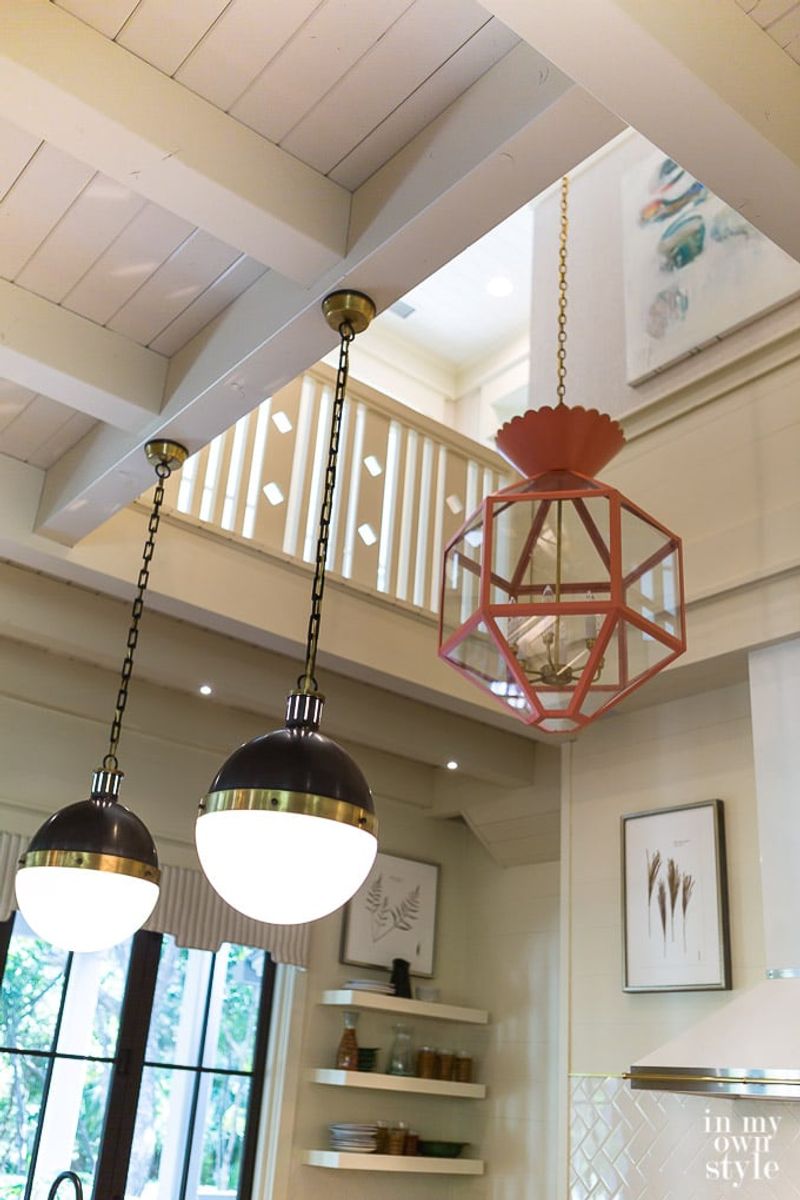
Those exposed filament bulbs that cast a warm amber glow are no longer the lighting darling they once were. While charming individually, the trend exploded into Edison bulb overload, with clusters hanging from every ceiling and filling every fixture.
The nostalgic appeal faded as practical issues emerged. Many homeowners discovered these bulbs produce more ambiance than actual illumination, making tasks difficult. Their energy inefficiency also became increasingly problematic as sustainability concerns grew.
Lighting designers are embracing more varied and functional solutions, incorporating Edison-style LEDs when the aesthetic fits but balancing them with proper task lighting. This evolution recognizes that lighting should serve both form and function rather than sacrificing one for the other.
17. Wall-to-wall carpet in main spaces
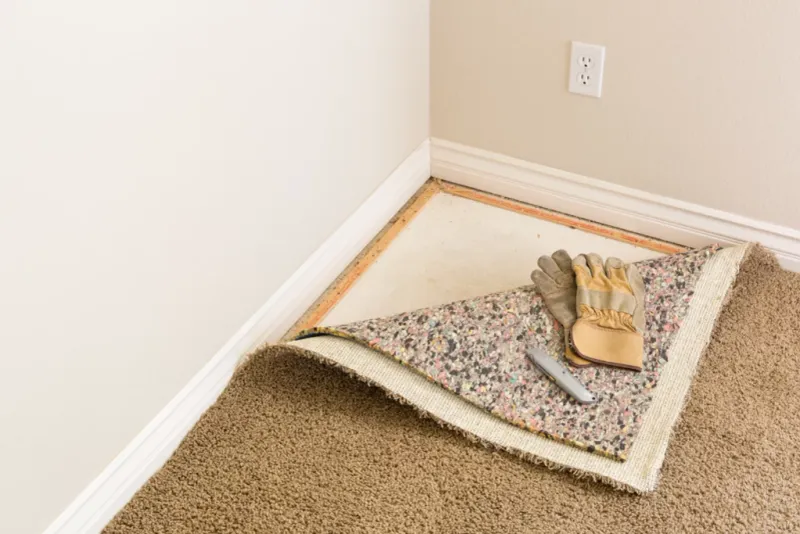
Wall-to-wall carpeting in living rooms and dining areas continues its steady decline in popularity. Once considered luxurious, this floor covering has fallen out of favor as hardwood, luxury vinyl, and tile options have expanded.
Maintenance concerns drive much of this shift, as carpets trap allergens, stain easily, and require replacement far sooner than hard surfaces. The pandemic heightened awareness about cleanliness, accelerating the move away from soft flooring that’s difficult to sanitize thoroughly.
Area rugs over hard surfaces now provide the desired warmth and comfort while offering more flexibility and easier maintenance. This approach allows homeowners to update their look without major renovations and address wear patterns by rotating or replacing smaller textiles rather than entire rooms of carpeting.



